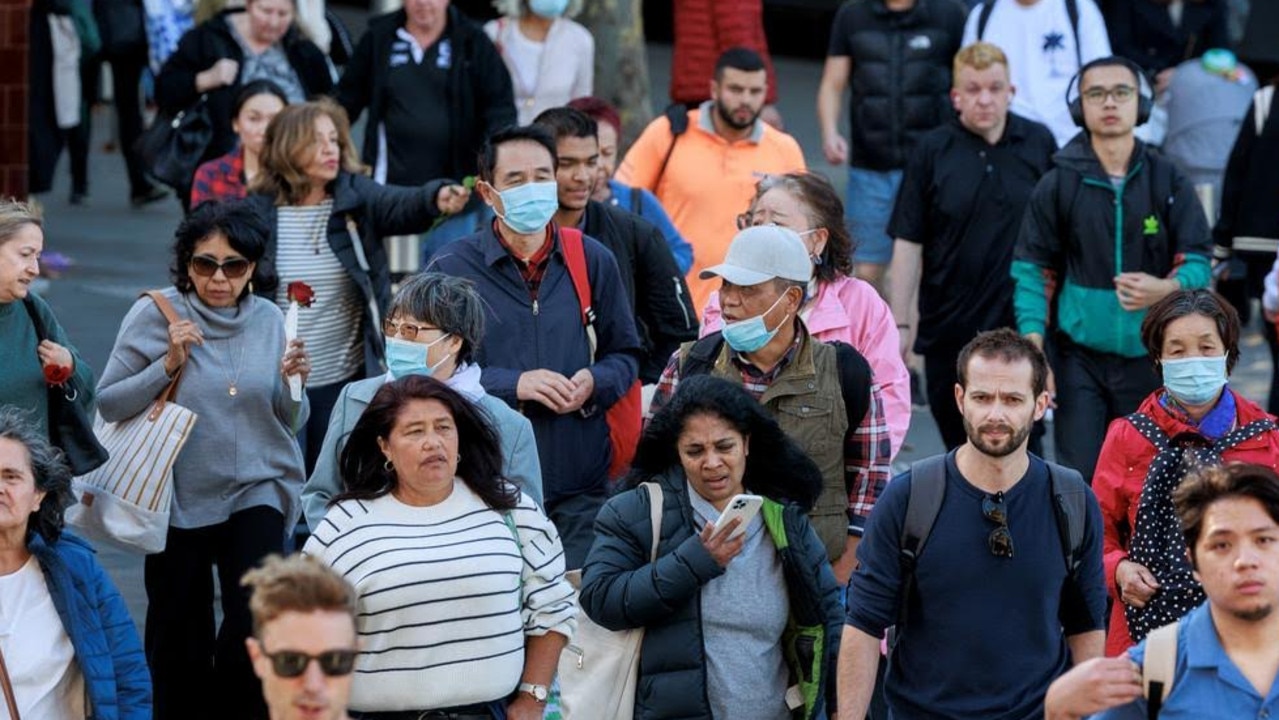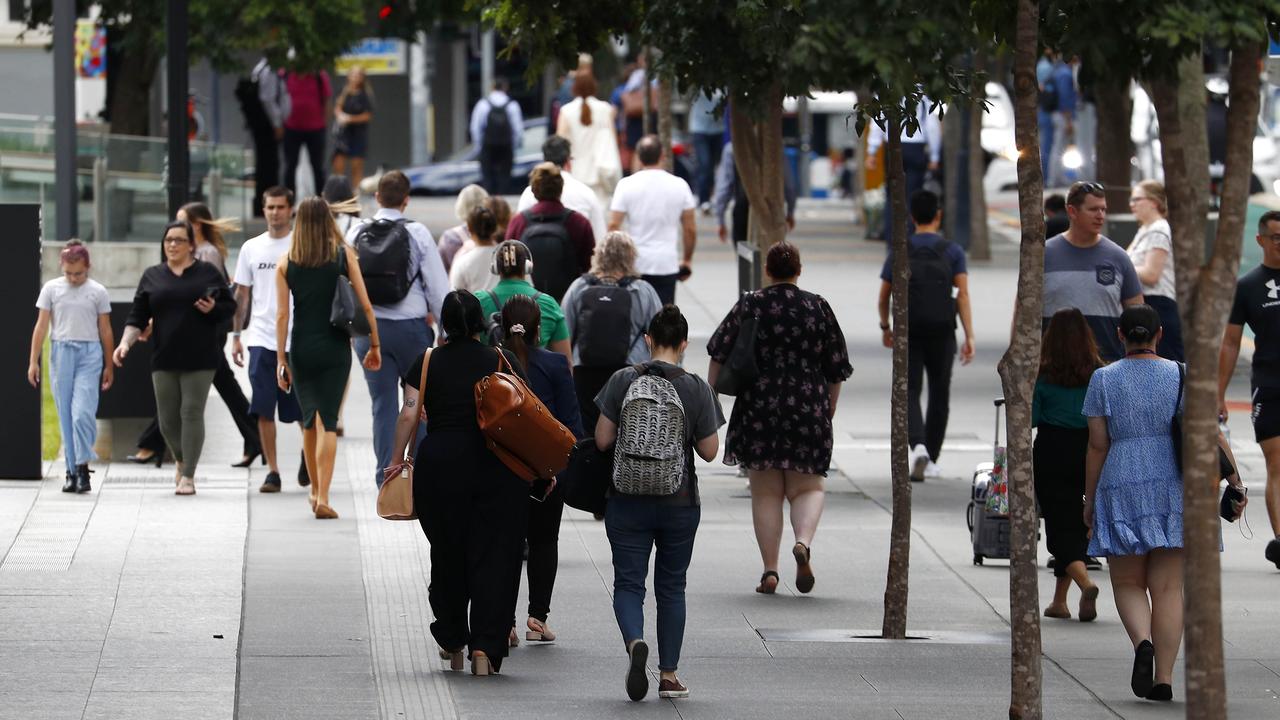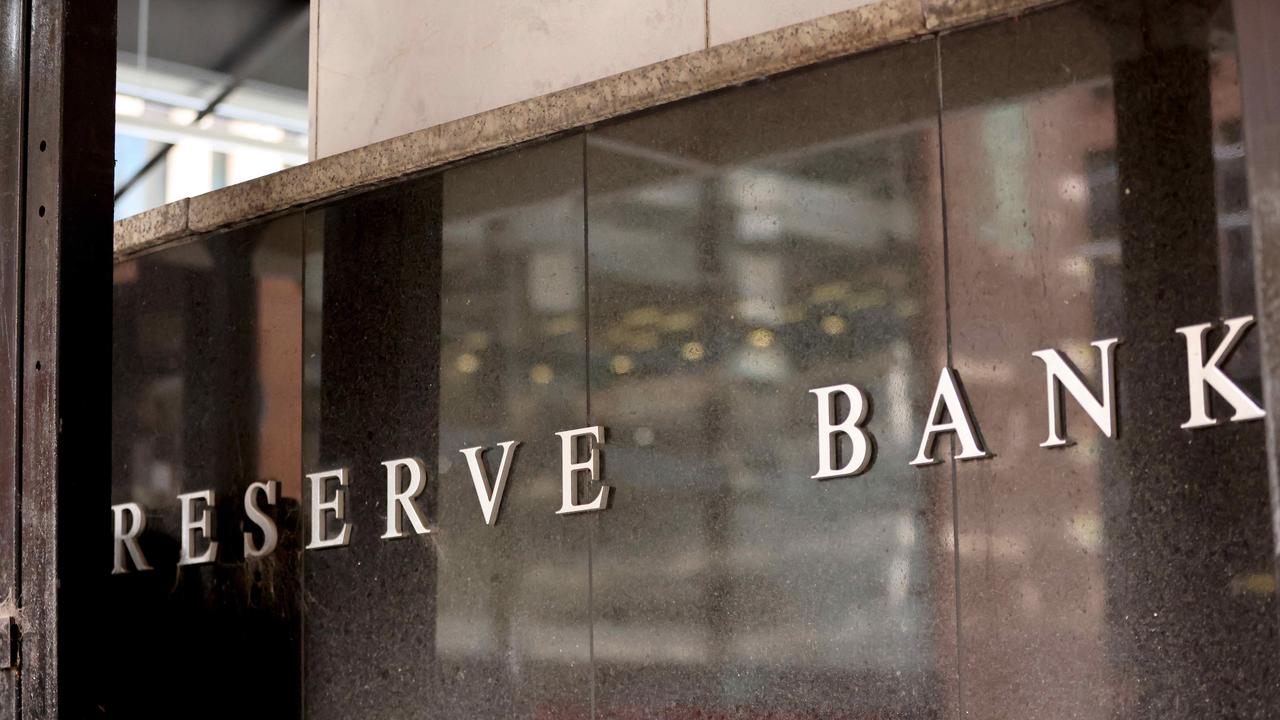Entrepreneur Matt Barrie warns Australia is on the brink of financial collapse
Multi-millionaire Matt Barrie predicts Australia could be heading for a financial meltdown on a similar scale to the Global Financial Crisis that hit America in 2008.
A leading tech entrepreneur has issued a dire economic warning predicting Australia is on the verge of a financial meltdown on a similar scale to the Global Financial Crisis that hit America in 2008.
Matt Barrie, the founder and CEO of labour hire company Freelancer.com, made the terrifying prediction on Australian online broadcaster ADH TV.
He said every Australian is realising “there is something terribly wrong in this country” as mortgages, bills and cost of living skyrocket.
Mr Barrie went on to explain that house prices continue to rise because we are “bringing more people into the country” forcing Australians to take on massive mortgages.

“We have 620,000 students brought into this country, and everybody knows they’re not students but a low-cost workforce that’s been brought in to prop up GDP and work in 7-11 or drive an Uber,” he said.
He compared the current economic climate in Australia to the Global Financial Crisis that was caused by the collapse of the housing market in America in 2008, when reckless lending and risk-taking by banks saw home prices surge and then inevitably crash.
“It’s exactly the global financial crisis which we saw in America, happening here in Australia today,” he said.
Mr Barrie said Australian household debts are now double the US, “a country that you’d normally associate with credit cards and debt”.
“Households are basically at breaking point and mortgages are skyrocketing,” he said.
Alarmingly, he predicted Australia would experience a “complete replay of the movie The Big Short”.
The movie, starring Christian Bale, Steve Carell and Ryan Gosling, shows how the 2008 financial crisis was triggered by the US housing bubble.

The eventual collapse of the US subprime mortgage market eventually led to a global recession.
Last month, the outspoken CEO made headlines for blasting the Albanese government’s record high immigration intake describing it as a “national disgrace” in a blistering speech to business leaders and bureaucrats.

Speaking at The SMH Sydney 2050 Summit, he tackled the hot-button issue of migration and housing in a lengthy keynote address entitled “The Great Australian Scream”.
The US uses quantitative easing to drive ‘easy, relentless’ growth — Australia uses quantitative peopling,” Mr Barrie said.
“This is not about ‘growth’ but inflating demand for housing. It’s not about the ‘economy’ but inflating GDP. But population growth does not increase GDP per capita.”
Last week Australia’s central bank delivered another blow to borrowers across the country as it hiked interest rates yet again.
The RBA increased the cash rate by 25 basis points, bringing it to 4.10 per cent, a significant jump from the historic pandemic low of 0.1 per cent that Aussies enjoyed for more than two years.
This marks the 12th time the bank has hiked rates since May last year, and is the highest the cash rate has been for the past 11 years.
Jobless rate falls in surprise move
Despite the economic uncertainty facing Australia, the nation’s unemployment figure has fallen from 3.7 per cent to 3.6 per cent on Thursday – defying expectations it would remain steady.
In a sign Australia’s labour market is remaining strong in the wake of a broader economic slowdown, new figures from the Australian Bureau of Statistics reveal employment in May increased by around 76,000 people, and the number of unemployed people decreased by 17,000 people.
Most of the extra positions – around 61,700 – were full-time roles, the ABS said.
The figures came as a shock to economists, some of whom were expecting just 15,000 jobs to be added over the month, and unemployment to remain steady.
The increase in employment in May also marked the first time the number of employed people in Australia reached 14 million.
The participation rate also increased to 66.9 per cent, meaning more people were looking for work.

Bjorn Jarvis, ABS head of labour statistics, said the strong growth in employment in May, followed a small decrease around Easter when employment fell more than what it usually would.
“Looking over the past two months, the employment increases average out to around 36,000 extra employed people each month. This is still around the average over the past year of 39,000 people a month,” he said.
The fall in unemployment indicates the economy is still running hot, with markets interpreting the figures as increasing the chance the Reserve Bank could raise the cash rate again in July.
Yesterday, 75 per cent of investors expected no change to the official cash rate of 4.10 per cent when the board meets on July 4.
St George chief economist Besa Deda said the figures were a sign the labour market continued to remain “incredibly tight”, but warned the unemployment rate would gradually move higher in coming months.
“But the unemployment rate has in recent months continued to surprise in terms of reflecting the strength of the labour market,” she told ABC News.
“There are signs that the labour market is set to loosen, but we have to keep in mind that job ads and job vacancies are still at an incredibly high level, and that’s why the rise in the unemployment rate might still be very gradual and is still to materialise.
“It does keep the pressure on the Reserve Bank to raise rates again, given that the labour market and wage pressure do feed into the overall inflation story.”
She said the bank was forecasting unemployment to return to above the four per cent mark by the end of this year, and into the five per cent range by the end of next year.

Earlier, NAB chief economist Alan Oster conceded the country’s economy was going through a “really big slowdown” that “will feel recessionary”.
He told ABC News earlier the bank had lowered it growth expectations, in part because of predictions unemployment would rise slightly over the remainder of the year, coinciding with other factors.
“So we're basically saying no growth in the rest of the year, unemployment goes up a little bit, but it’s exactly what the Reserve Bank is trying to do,” he said earlier.
More Coverage
“It’s trying to essentially take money out of households, and get them to spend less, and therefore hopefully get inflation down a bit quicker.”
— with NCA NewsWire
carla.mascarenhas@news.com.au






